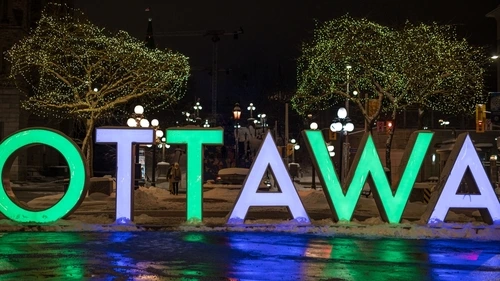
Ottawa, the capital city of Canada, has approved its first-ever nightlife economy action plan aimed at promoting nightlife activities and experiences in the city between 6pm and 6am, creating a more vibrant, diverse, inclusive, viable, safe and well-managed nightlife. The Finance and Corporate Services Committee made the announcement, stating that the city’s nightlife economy generated over $1.5bn in spending in 2019, almost 30% of daytime spending.

The plan’s approval comes at an opportune time as the city is currently in the midst of several projects, including LeBreton Flats, Lansdowne 2.0, and public realm plans for ByWard Market and Sparks Street. The committee believes that vibrant nightlife economies are proven to improve job creation, attract talent and investment, drive economic growth, and boost tourism and city brand building.
Ottawa’s Nightlife action plan
The action plan aims to establish the framework for a Nightlife Commissioner Office for implementation in 2024, promote citywide and neighbourhood-by-neighbourhood participation of residents, visitors and businesses in the nightlife economy, and consider changes to support the nightlife economy through reviews of city by-laws, policies, procedures and services.
The Nightlife Commissioner Office will deliver additional action plan recommendations, and staff will provide an update on the progress of the action plan by the end of 2024.
“The Nightlife Commissioner will require a deep understanding of the nightlife economy and the challenges that arise in our nightlife,” said Jamie Hurst, acting program manager media relations and legislative support.
Ottawa isn’t the first city to create such an initiative. For example, Amy Lamé was appointed as London’s first Night Czar in 2016 by Mayor of London Sadiq Khan. Her role is to champion the city’s nightlife and work with businesses, local authorities, and the police to ensure that London’s night-time economy was safe, vibrant and sustainable.
Whether or not Ottawa’s plan contributes to job creation, talent attraction and investment, economic growth, tourism, and city brand building, will remain to be seen.
[Read more: Ahead of the game or falling behind? Canada’s readiness for a borderless, global workforce]






